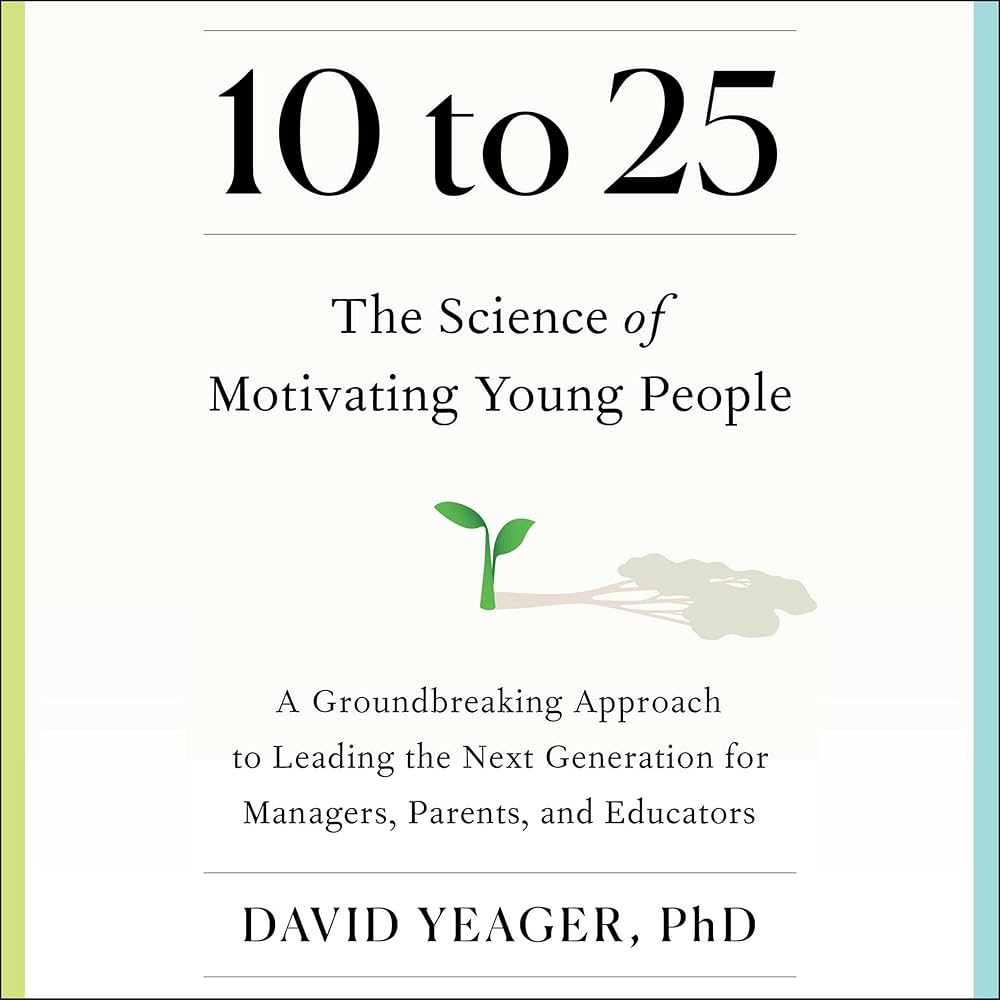Resilience—the ability to recover from a set-back—is one of the most important traits and mindsets to instill in children so that they may thrive in adulthood. This is the theme of Building Resilience in Children and Teens: Giving Kids Roots and Wings, Third Edition, by Dr. Kenneth R. Ginsburg. Ginsburg is a pediatrician at the University of Pennsylvania Perelman School of Medicine, a counselor and researcher about child development, and a father of two adolescent girls. The “seven crucial Cs”– competence, confidence, connections, character, contributions, coping and control—comprise the skills parents should foster in their children to promote resilience. Although Ginsburg humbly states that much of the book is “commonsense parenting,” this guide, aligned with recommendations from the American Academy of Pediatrics, is helpful to all parents and youth services providers because of the practical tips and tricks he provides for reflecting about and improving one’s parenting practices.
Children and adolescents experience stress from parents, friends, school, demanding extracurricular activities and the media. While stress had an evolutionarily productive role (i.e., spurring us to escape predators), and, while it can still be harnessed to increase productivity today, chronic stress may lead to poor health and risky decision-making. Given that many of the behaviors parents hope their children will avoid arise as a stress-coping mechanism, it is important to address children’s stress directly. Ginsburg offers numerous strategies to help children and adolescents (and their caregivers) manage stress and build resilience. He suggests physical exercise, meditation and reflection, proper nutrition and sleep, engaging in creative activities, volunteering in the community, having multiple friend groups and older mentors, and learning to ask for help. He discusses some of his clinical techniques for redirecting stress-related behaviors, such as making a decision tree. More than any of these tactics, the most critical parenting practice for building resilience and managing stress is ensuring that children know they are loved unconditionally, that their parents will always be a source of stability, and that home can be a safe haven.
Another crucial parenting practice is setting high expectations for children. Children will fulfill the expectations set for them, whether they are low or high. One of the greatest challenges of parenting is knowing how much to protect a child. Loosening protective reins to allow children to work on their emerging abilities and build on their strengths gives them an opportunity to gain competence and confidence. When children or adolescents meet expectations, praise should be realistic and based on effort. When they fail to meet reasonable expectations that parents set, parents need to avoid lecturing. Criticism should be focused. Punishments should be clearly related to the offense committed. Parents should not equate discipline with punishment; rather they should think of discipline as a way of teaching and scaffolding behavior. To understand why a child has not met an expectation, and to connect more generally, parents need to learn to listen. Doing so means creating opportunities for discussions, listening intently without interruptions, and being non-judgmental.
Parents need to model the behaviors that they hope to cultivate in their offspring. The actions that children observe will impact their behavior much more than the messages they are told. As such, parents should embody the values they hope to pass on, such as giving to charity, avoiding prejudice, delaying gratification, communicating emotions effectively, and devoting oneself to important relationships. Ginsburg argues that the aim of parenting is to raise children who will grow into people who will be successful at ages 35, 45, 55 and beyond. At each of these ages parents need to care for themselves and model a full life for their children by engaging in their own interests and maintaining their own social relations outside of their children.
These parenting practices encompass an authoritative parenting style in which parents set clear expectations, offer an overabundance of love, and urge their children to develop their own independence. Authoritative parents offer their children lots of time, attention, and opportunities for emotional vulnerability, but they do not spoil their child by indulging each material desire.
While nearly the entire book is relevant to any parent, Ginsburg offers a few specialized tips for populations that face unique challenges such as military families or adolescents with depression. Beyond the recommendations in this book, Ginsburg also refers his readers to online resources with a wealth of information about promoting grit and resilience and reducing stress. Ultimately, he suggests that first and foremost a parent should trust her own instinct about what is best for her child as this is the most important ingredient for “giving kids roots and wings.”
Ginsburg, K.R. & Jablow, M. M. (2015). Building Resilience in Children and Teens: Giving Kids Roots and Wings (3rd ed.) Elk Grove Village, IL: American Academy of Pediatrics.



![Enjoyment or Skill? The Case of Reading [Repost]](https://www.learningandthebrain.com/blog/wp-content/uploads/2022/02/Confused-stress-student.jpg)
